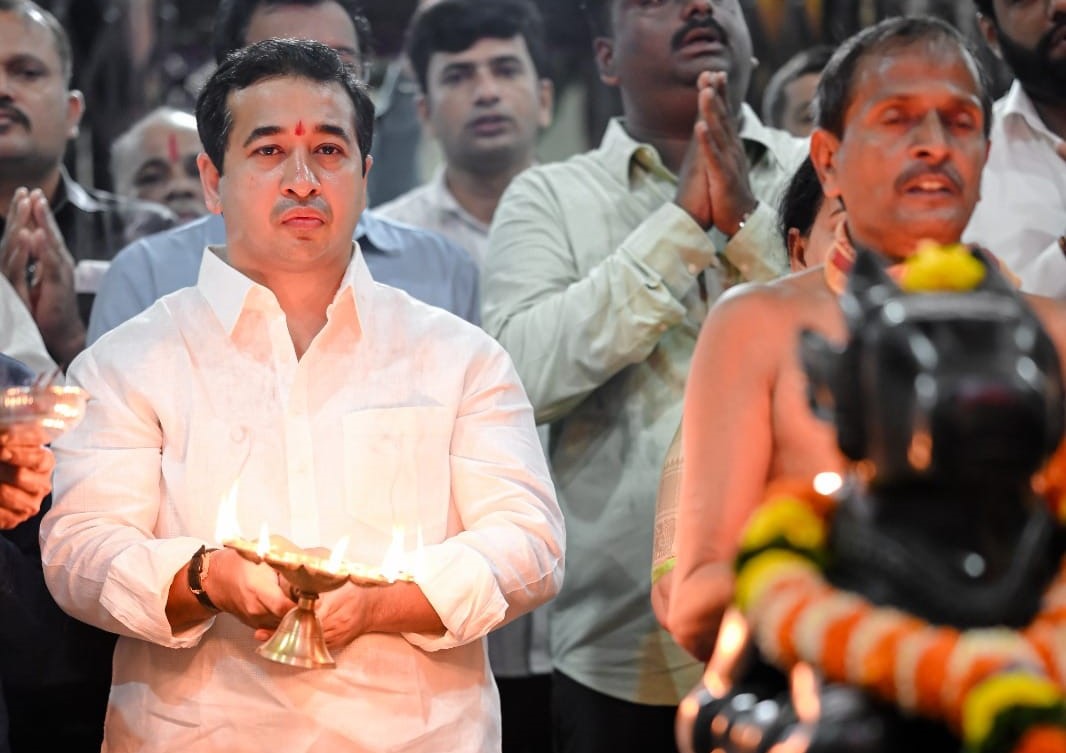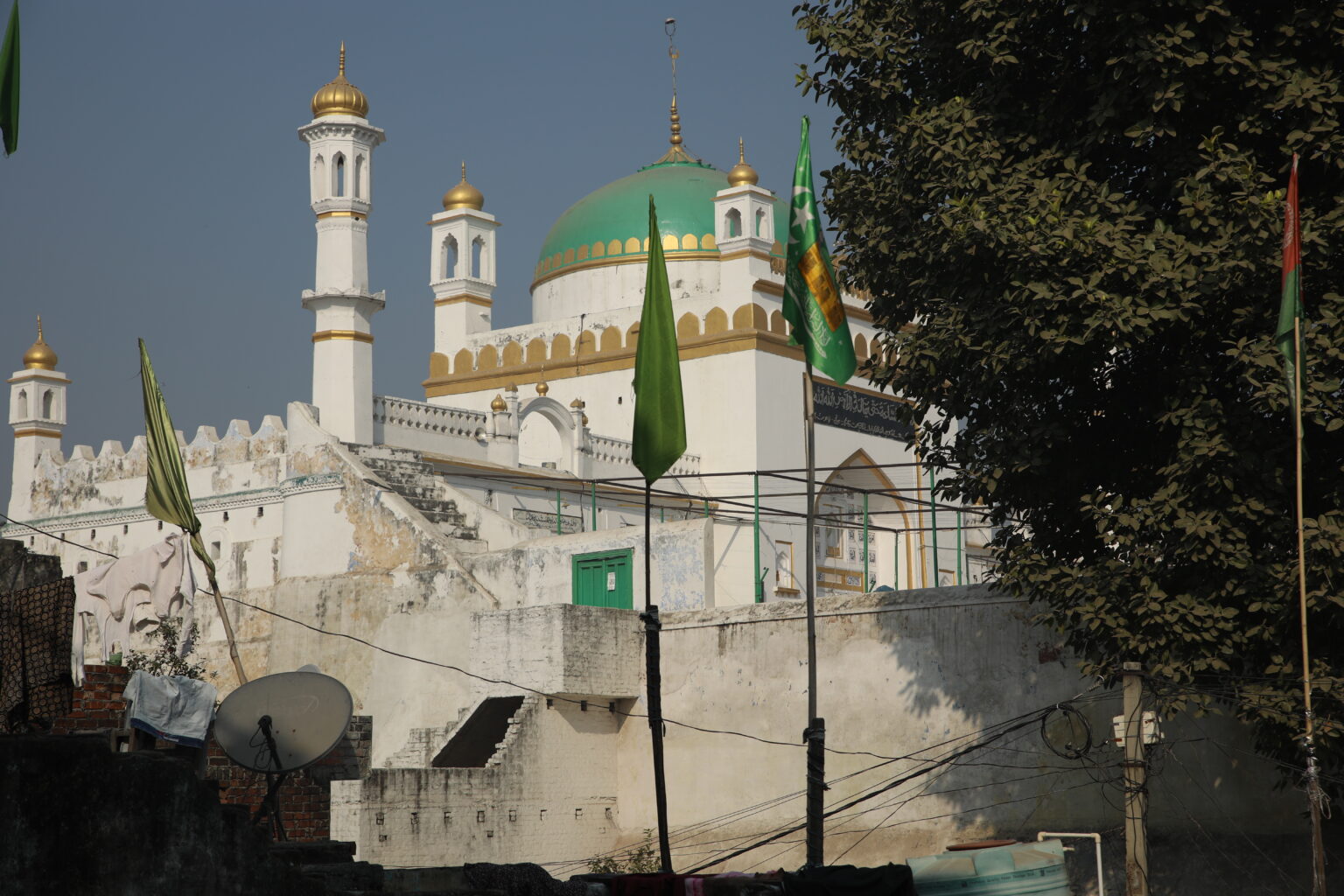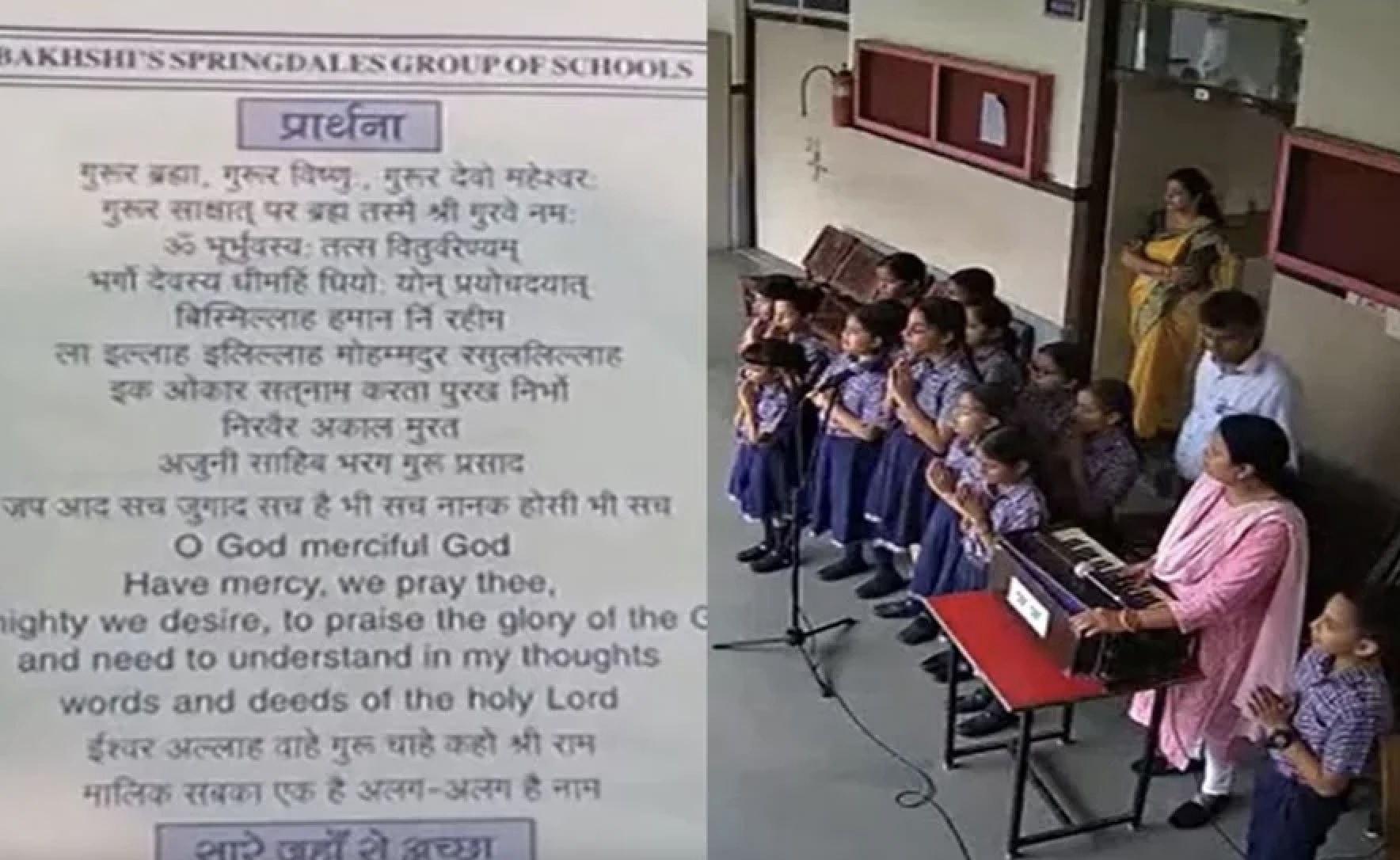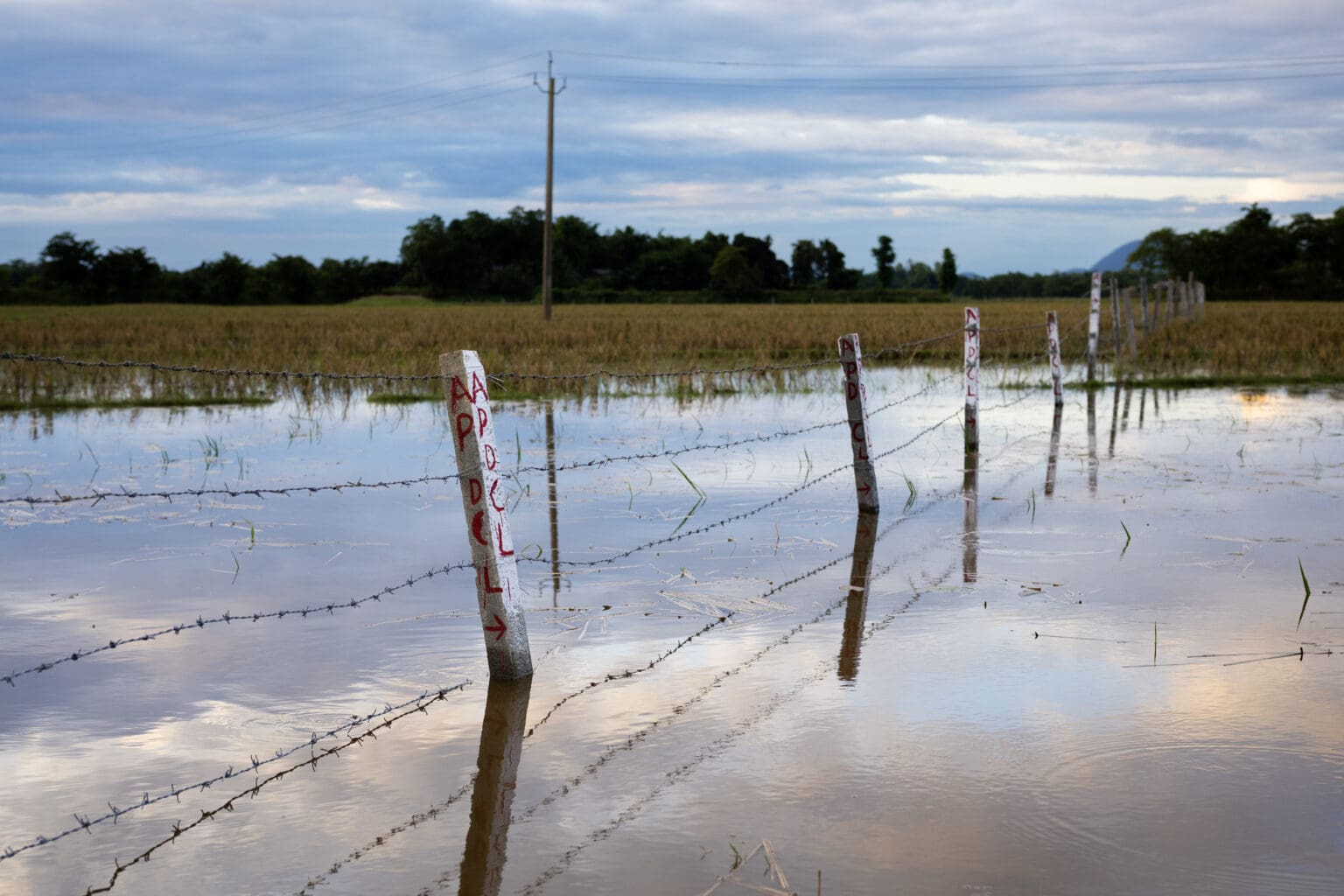
New Delhi: The Delhi high court has pulled up the police for the delay in investigating the death of 23-year-old Faizan, the injured man who was seen in a viral video being forced by police officers to sing ‘Jana Gana Mana’ during the Delhi riots of February 2020.
According to the Indian Express, the police on Tuesday informed the high court about the developments in the case, that they have identified and questioned a head constable in connection with the man’s death.
During the hearing, the bench of Justice Mukta Gupta pulled up the force for the delay in the investigation. “It has been two years, you have been able to just identify some person?” she asked before adjourning the matter.
The matter will now be heard on February 22, when the court has asked the police to present it with the detailed status report into the probe and also sought the presence of the deputy commissioner of police and the investigating officer.
The viral video showed Faizan and four others lying injured on 66 Foota Road in Northeast Delhi as the cops made them sing the national anthem. Faizan was allegedly assaulted by the policemen. He was later taken to the Jyoti Nagar police station in an injured condition. He died in a hospital on February 26, a day after he was released from the police station.
Subsequently, his mother Kismatun had filed a petition for a court-monitored investigation by a Special Investigation Team into his death. Kisamtun, who is represented by advocates Vrinda Grover and Soutik Banerjee, had in the petition alleged that Faizan was “targeted, brutally assaulted” and “injured by the policemen” at Kardampuri. Thereafter, she had claimed that he was “illegally detained” in an injured condition at the police station where he was denied timely critical medical care resulting in his death later at a hospital.
Hearing the matter, Justice Gupta questioned why the probe to identify the policemen took two years. She also asked why the Cyber Cell of Delhi police was not able to trace the origin of the video.
An earlier investigating officer, inspector Pankaj Arora, had submitted that the police found that head constable Ravinder had shot the video. However, the forensic examination of his phone remained inconclusive. When questioned, Arora told the court, Ravinder denied having shot the video.
According to Arora’s submission though, the physical description of the person seen shooting the video indicated that it could be Ravinder. “But there were certain things about him due to which we are sure that he made the video. Head constable Ravinder was the only one not wearing a helmet in the video…He had also got an injury on the head during the riots. Isne helmet nahi daala hua hai, ye patti daale hue nazar aaraha hai (He was not wearing a helmet, and his head was bandaged),” he had submitted.
The former investigating officer had also told the court that Ravinder was found to be ‘deceptive’ during the polygraph test. “He was made to undergo a lie detector test which revealed that what he is saying is ‘deceptive’. He also had a smoke gun, which is visible in the video…,” Arora had stated, adding that a forensic expert had given a report stating that Ravinder was the person who shot the video.
When it came to identifying the other policemen in the video, Arora had told the court that Ravinder had not revealed any names. But, he had added that the police had “taken his voice samples and sent them to FSL. The report is awaited”.
Reacting to the submissions from the police, Justice Gupta had asked if the cyber expert had disclosed anything about the height and body stature of the policemen visible in the video. She had also noted that the police would be aware of the officers who were on duty in the area that day. “You can zero down easily. How much time will the identification take?” she asked.
The questioning by the court into the case also revealed that the CCTV footage of Jyoti Nagar police station, where Faizan was kept, had not been preserved. The police told the court last year that the cameras in the station were not working from February 24 to March 4, 2020 due to “technical reasons” and that there was no tampering involved.
Justice Gupta has now demanded that she be provided with “all answers” in the “status report”. These, she said, should include the exact time when the cameras stopped functioning.
This story first appeared on thewire.in






